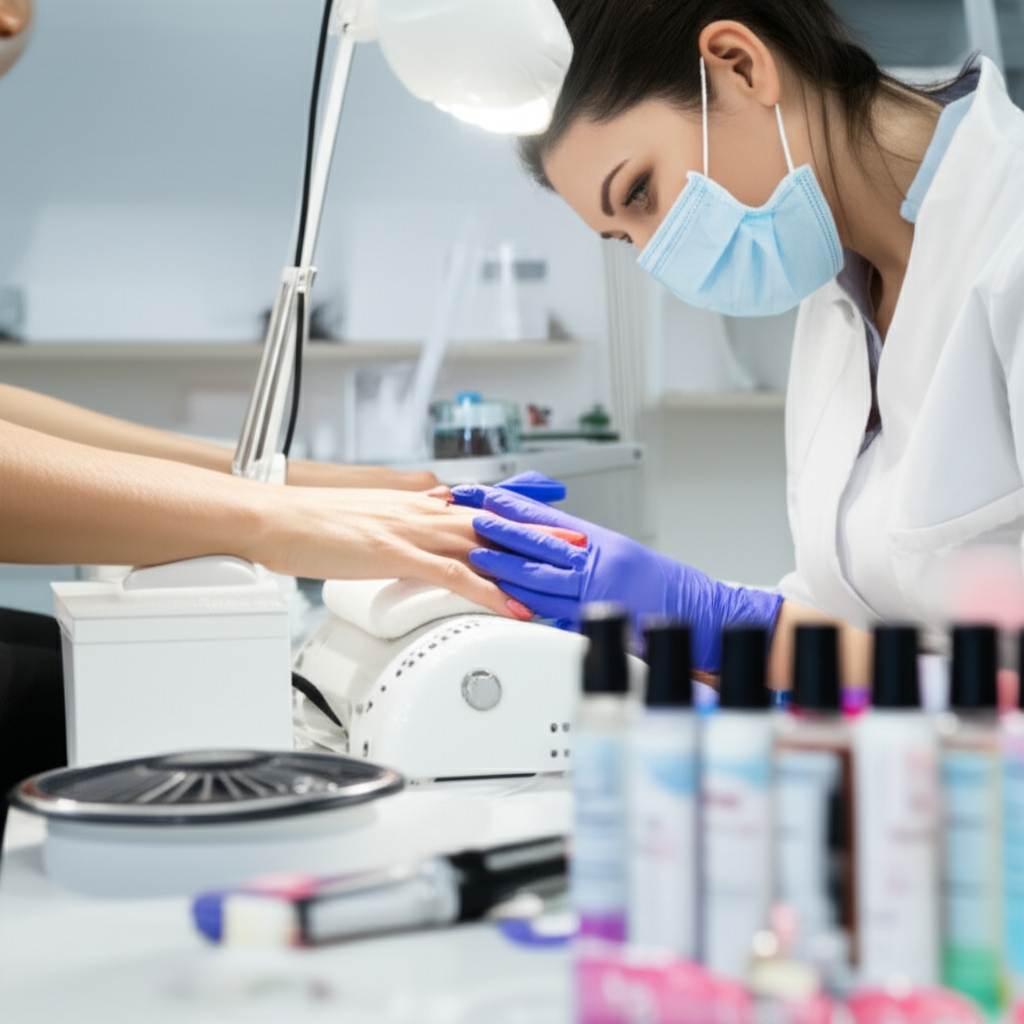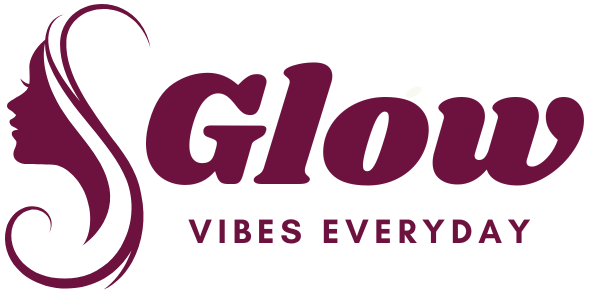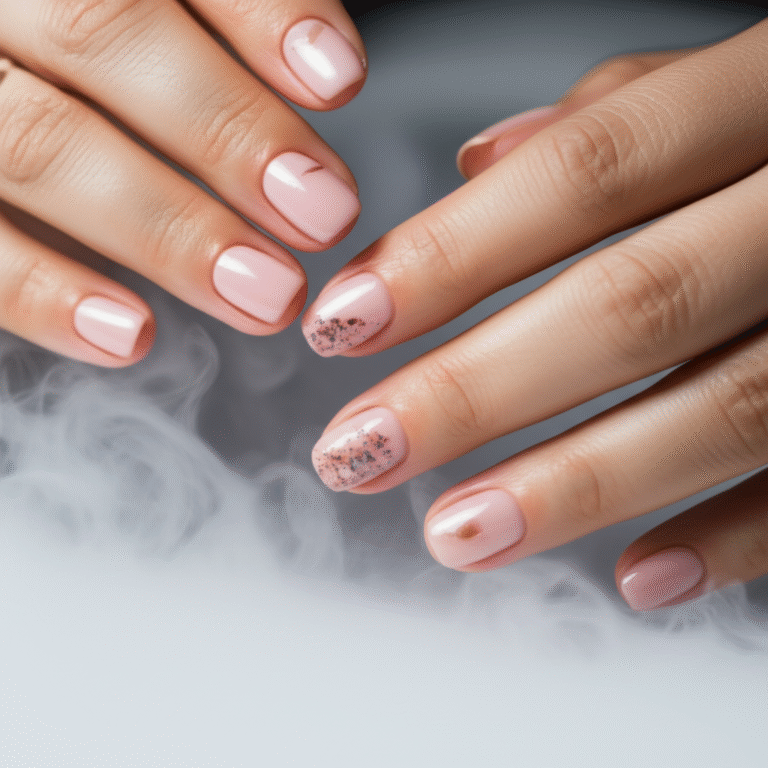Here’s the content breakdown for your article on nail salon toxicity:
—
A. Bolded Quick Summary
Are nail salons toxic? While some salons may contain VOCs and strong fumes, choosing reputable salons with good ventilation and proper product usage significantly minimizes risks. Prioritize salons that openly discuss their practices and product safety for healthier manicures.
—
B. Intro Paragraph
The allure of perfectly polished nails, whether a classic manicure or intricate nail art, is undeniable. However, many salon-goers and DIY enthusiasts alike harbor a nagging question: are nail salons toxic? The lingering chemical smells, the array of potent liquids, and the sometimes overwhelming environment can leave anyone wondering about the potential health implications. It’s a common concern, especially with the growing awareness of indoor air quality and ingredient safety. But don’t let these worries dim your shine! You’ve landed in the right place for a clear, honest, and practical breakdown of what you need to know to enjoy beautiful nails safely. Let’s dive in and uncover the truth about nail salon environments, empowering you to make informed choices for your well-being and your next stunning manicure.
—
C. Main Article Writing Instructions
Are Nail Salons Toxic? Unpacking the Truth Behind the Polish
Are nail salons toxic? It’s a question that has grown in prominence as more people become aware of the chemicals present in everyday products and environments. The vibrant world of nail care, with its array of polishes, gels, acrylics, and solvents, often comes with a distinctive chemical aroma. This scent, while familiar to many, can raise concerns about the potential health impacts for both clients and nail technicians. Understanding the true nature of these environments is crucial for anyone who frequents nail salons or enjoys at-home manicures. This in-depth guide will demystify the potential risks, explain the science behind them, and provide actionable advice for enjoying beautiful nails safely and responsibly.
Understanding the Potential Culprits: What Makes Nail Salons Smell?

The characteristic odor in many nail salons is primarily due to volatile organic compounds (VOCs) found in nail products. These chemicals are essential for product performance – they help polishes dry quickly, gels cure under UV light, and acrylics form their durable structure. However, when inhaled in high concentrations or over prolonged periods, some VOCs can pose health risks.
Here are some of the commonly found chemicals and their potential effects:
Formaldehyde: A known carcinogen and preservative. It can cause respiratory irritation, allergic reactions, and skin sensitization. While its use in nail polish is restricted in many regions, it can still be found in some professional-grade products and as a contaminant.
Toluene: A solvent that helps polish spread evenly and dry smoothly. Inhaling toluene can lead to headaches, dizziness, nausea, and irritation of the eyes, nose, and throat. Prolonged exposure can affect the central nervous system.
Dibutyl Phthalate (DBP): Used to increase the flexibility and prevent chipping in nail polish. DBP is a phthalate, a group of chemicals linked to endocrine disruption and reproductive health issues. Many “3-Free” and “5-Free” polishes have eliminated DBP.
Acrylates (e.g., HEMA): Common in gel polish and acrylic systems. While essential for their durability, acrylates are potent allergens and can cause severe contact dermatitis, skin irritation, and respiratory issues, particularly for technicians with frequent exposure.
Methanol: Used as a solvent in some nail polishes. Inhalation can cause dizziness, headaches, and nausea.
Ammonia: Often found in nail polish removers and acrylic nail products. It can cause respiratory irritation and eye and skin dryness.
Myth Buster: Are “3-Free,” “5-Free,” and “10-Free” Really Enough?
While these labels indicate that certain harmful chemicals have been removed, they don’t guarantee complete safety. The nail industry is constantly evolving, and new formulations are being developed. It’s important to look beyond these labels and consider a salon’s overall practices.
[Image Placeholder: A graphic illustrating the “big three” chemicals often removed from nail polish: Formaldehyde, Toluene, DBP.]
Pinterest Image Idea: Infographic titled “What Do ‘X-Free’ Nail Polishes Mean?” showing common toxic chemicals and what they are removed from.
Alt Text: “Infographic explaining the meaning of 3-Free, 5-Free, and 10-Free nail polishes and the chemicals they exclude.”
The Health Risks: For Clients and Technicians
The primary concern regarding toxicity in nail salons revolves around prolonged exposure to airborne chemicals.
For Clients: While a single manicure might not pose a significant risk, frequent visits to poorly ventilated salons can lead to cumulative exposure. Symptoms can include headaches, nausea, dizziness, and skin irritation. Individuals with respiratory conditions like asthma or allergies may be more sensitive.
For Nail Technicians: Technicians experience much higher levels of exposure due to daily, prolonged contact with these chemicals. This increases their risk of developing occupational health issues, including:
Respiratory problems: Asthma, bronchitis, and allergic rhinitis.
Dermatitis: Contact dermatitis on the hands and face.
Sensitization: Developing allergies to specific ingredients that can worsen over time.
Neurological effects: From exposure to solvents like toluene.
Ventilation: The Unsung Hero of Salon Safety
The most critical factor in mitigating the risks associated with nail salons is adequate ventilation. A well-ventilated salon effectively removes airborne contaminants, significantly reducing exposure levels for everyone.
What to Look For:
Open Windows or Doors: Simple, yet effective.
Professional Ventilation Systems: Many modern salons invest in specialized ventilation hoods and air purifiers designed to capture and remove VOCs.
Individual Nail Table Ventilation: Some technicians use small, portable ventilation systems at each workstation.
Air Purifiers: HEPA filters and activated carbon filters can help remove airborne particles and some chemical vapors.
Pro Tip: When choosing a salon, pay attention to the air quality. Does it smell overwhelmingly chemical? Or is the scent faint and manageable? If you notice a strong, persistent odor, it might be a sign of poor ventilation.
[Image Placeholder: Photo of a modern nail salon with large windows and good natural light, or a close-up of a nail technician using a ventilation hood at their station.]
Pinterest Image Idea: A clean, bright nail salon interior with open windows and plants.
Alt Text: “Bright and airy nail salon interior promoting good ventilation and a healthy environment for manicures.”
Product Selection: Safer Alternatives and Ingredient Awareness
The types of products used in a salon also play a significant role. The move towards “free-from” formulations has been a positive development, but it’s not the whole story.
“Free-From” Formulations Explained:
| Label | Chemicals Excluded | Benefits |
| :——— | :—————————————————————————— | :——————————————————————— |
| 3-Free | Formaldehyde, Toluene, DBP | Reduces exposure to three common irritants and potential carcinogens. |
| 5-Free | 3-Free chemicals + Formaldehyde Resin, Camphor | Excludes two more ingredients linked to allergic reactions and toxicity. |
| 7-Free | 5-Free chemicals + Ethyl Tosylamide, Xylene | Further reduces exposure to chemicals that can cause health concerns. |
| 10-Free| 7-Free chemicals + Parabens, Animal Ingredients, Gluten, Triphenyl Phosphate (TPHP) | A more comprehensive approach to cleaner formulations. |
Beyond the Labels: Key Ingredients to Be Mindful Of
While “X-Free” labels are helpful, be aware of other ingredients that can still cause issues, particularly for those with sensitivities:
Acrylates (especially HEMA): Crucial for gel and acrylics, but a common allergen. Look for salons that use HEMA-free gel polishes or acrylics if you have sensitivities.
Fragrances: Often contain undisclosed chemical mixtures that can be allergenic.
UV Gels: While the gels themselves are generally safe when applied correctly, the UV/LED lamps emit UV radiation. While the exposure is short, it’s still a factor to consider.
Product Recommendations (Affiliate Ready):
Here are some brands known for their commitment to cleaner formulations and offering “X-Free” options:
| Brand | Key “Free-From” Claims | Notable Products/Lines | Best For |
| :—————- | :——————— | :——————————————————— | :——————————————————————– |
| Ella + Mila | 17-Free | “Crush on You” Nail Polish Collection | Clients seeking vibrant colors with a comprehensive clean formula. |
| Zoya | 10-Free | “Naked Manicure” system, wide range of colors | Long-lasting wear, professional salon quality, and a wide shade selection. |
| OPI Nature Strong | 9-Free (plant-based) | Various shades | Eco-conscious clients who want a more natural, plant-derived polish. |
| ORLY Breathable | 13-Free | “Breathable” Treatment + Color line | Those looking for healthier nails, faster drying, and no base coat needed. |
| CND Shellac | 3-Free (with caveats) | Gel Polish System | Professional, long-lasting gel manicures. (Note: Not all acrylates are excluded.) |
Choosing a salon that uses reputable, well-known brands with transparent ingredient lists is a good starting point.
[Image Placeholder: A flat lay of various clean nail polish bottles from recommended brands.]
Pinterest Image Idea: A curated collection of aesthetically pleasing nail polish bottles from “clean” brands.
Alt Text: “Collection of ‘clean beauty’ nail polishes from brands like Zoya, Ella + Mila, and ORLY.”
Salon Practices: Beyond the Products
A salon’s commitment to safety extends beyond the products they use. It encompasses their daily operations and how they manage their environment.
What to Look For in a Safe Salon:
Cleanliness: A clean salon is a hygienic salon. This reduces the risk of infections and indicates attention to detail.
Proper Sterilization: Tools should be properly sterilized between clients. Look for autoclaves or EPA-registered disinfectants.
Ventilation: As discussed, this is paramount.
Technician Practices: Do technicians wear masks when working with acrylics or strong chemicals? Do they wash their hands and wear gloves when appropriate?
Product Storage: Products should be stored correctly, away from direct sunlight and heat, to maintain their integrity and minimize off-gassing.
Open Communication: A good salon should be happy to answer questions about their products and practices.
DIY Nail Care: Staying Safe at Home
If you prefer to do your nails at home, the principles of safety remain similar:
Ventilate Your Space: Open a window or use a fan.
Choose Products Wisely: Opt for “X-Free” polishes and removers.
Use a Quality Remover: Avoid harsh acetone if possible, or use it sparingly and with good ventilation.
Wear a Mask: If you’re sensitive or working with acrylics, consider wearing a mask designed to filter VOCs.
Proper Storage: Keep nail products in a cool, dry place, tightly sealed.
External Link: For more information on VOCs and indoor air quality, visit the U.S. Environmental Protection Agency (EPA) website: https://www.epa.gov/ (Note: You would link to a specific page about VOCs if available).
[Image Placeholder: A “before and after” shot of a nail transformation, emphasizing healthy-looking nails.]
Pinterest Image Idea: A visually appealing “before and after” comparison of a manicure, highlighting healthy cuticles and smooth polish application.
Alt Text: “Before and after manicure results showcasing healthy nails and professional polish application.”
Frequently Asked Questions (FAQ)
Q1: Are gel manicures toxic?
Gel manicures can involve chemicals like acrylates, which are allergens. The UV/LED lamps also emit UV radiation. However, when performed in a well-ventilated salon with proper application techniques and when using quality products, the risk is generally considered low for clients with infrequent exposure.
Q2: Is acetone bad for you?
Acetone is a strong solvent and can be drying to the skin and nails. Inhaling fumes in poorly ventilated areas can cause dizziness or headaches. It’s best used in a well-ventilated space and followed by moisturizing. Non-acetone removers are generally gentler but may be less effective on stubborn polish.
Q3: Can I be allergic to nail polish?
Yes, it’s possible to develop allergies to ingredients in nail polish, most commonly acrylates, formaldehyde, or fragrances. If you experience itching, redness, or swelling after a manicure, you may have an allergy. Consider trying “X-Free” polishes or seeking professional advice.
Q4: What should I do if I feel unwell in a nail salon?
If you experience headaches, dizziness, or nausea, it’s a sign of poor air quality. Politely inform the salon staff and consider leaving to get fresh air. If symptoms persist, seek medical attention. For frequent discomfort, look for salons with better ventilation or consider at-home manicures.
Q5: Are acrylic nails more toxic than gel?
Both acrylic and gel systems involve chemicals that can be irritants or allergens. Acrylics often use a liquid monomer and powder polymer, which can release strong fumes. Gel polishes cure under UV/LED light and often contain acrylates. The primary difference in perceived toxicity often lies in the intensity of fumes and the specific chemical compositions.
The Verdict: Making Informed Choices for Healthy Nails
So, are nail salons toxic? The answer is nuanced. While the potential for exposure to harmful chemicals exists due to the nature of nail products, the actual risk depends heavily on the salon’s environment, the products used, and the frequency of your visits.
For clients: The risk is generally low, especially with infrequent visits to well-managed salons. Prioritizing salons with good ventilation and “X-Free” products can further minimize any potential concerns.
* For technicians: The risk is significantly higher due to daily, prolonged exposure. It is crucial for technicians to utilize proper safety equipment and for salons to invest in robust ventilation and safer product lines.
By being an informed consumer, asking questions, and paying attention to your surroundings, you can continue to enjoy the confidence and beauty that a great manicure brings, while prioritizing your health and well-being.
Internal Link: For more tips on nail health, check out our article on “How to Strengthen Brittle Nails Naturally.”
Call to Action: Have you noticed a difference in air quality between salons? Share your experiences and tips for a healthier nail salon visit in the comments below!
—
Meta Description:
Are nail salons toxic? Discover the truth about chemicals, ventilation, and safer product choices for healthy, beautiful manicures.
—

